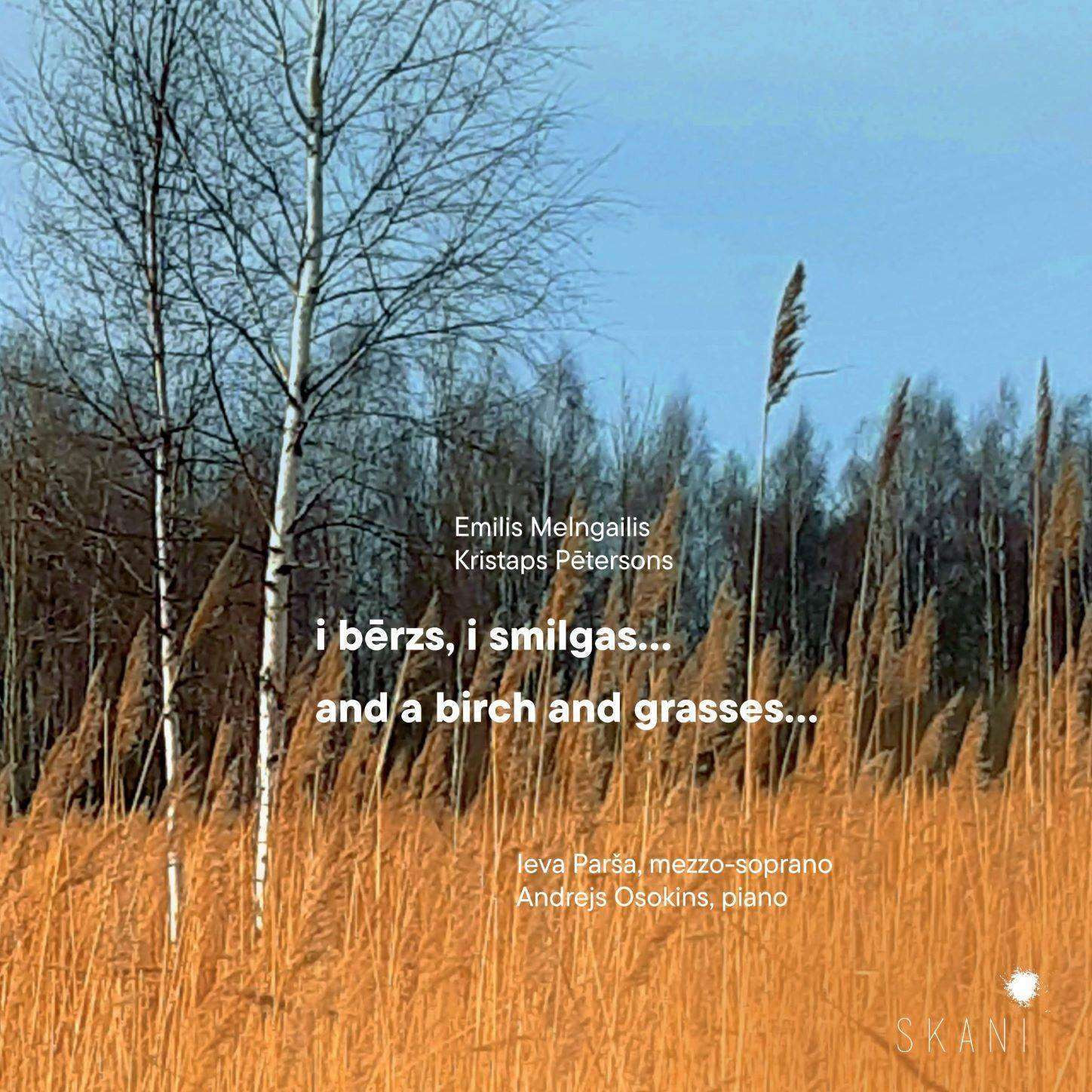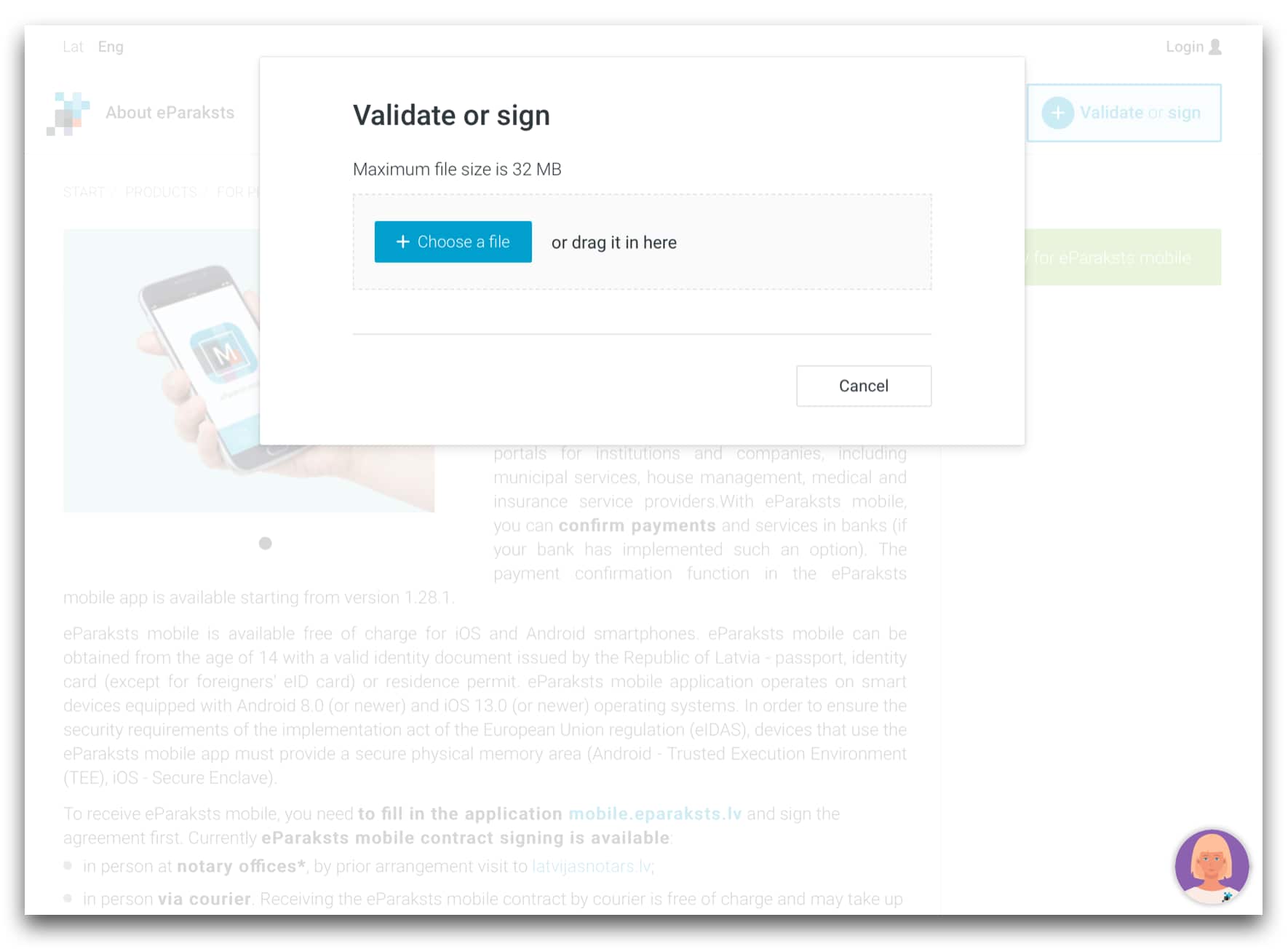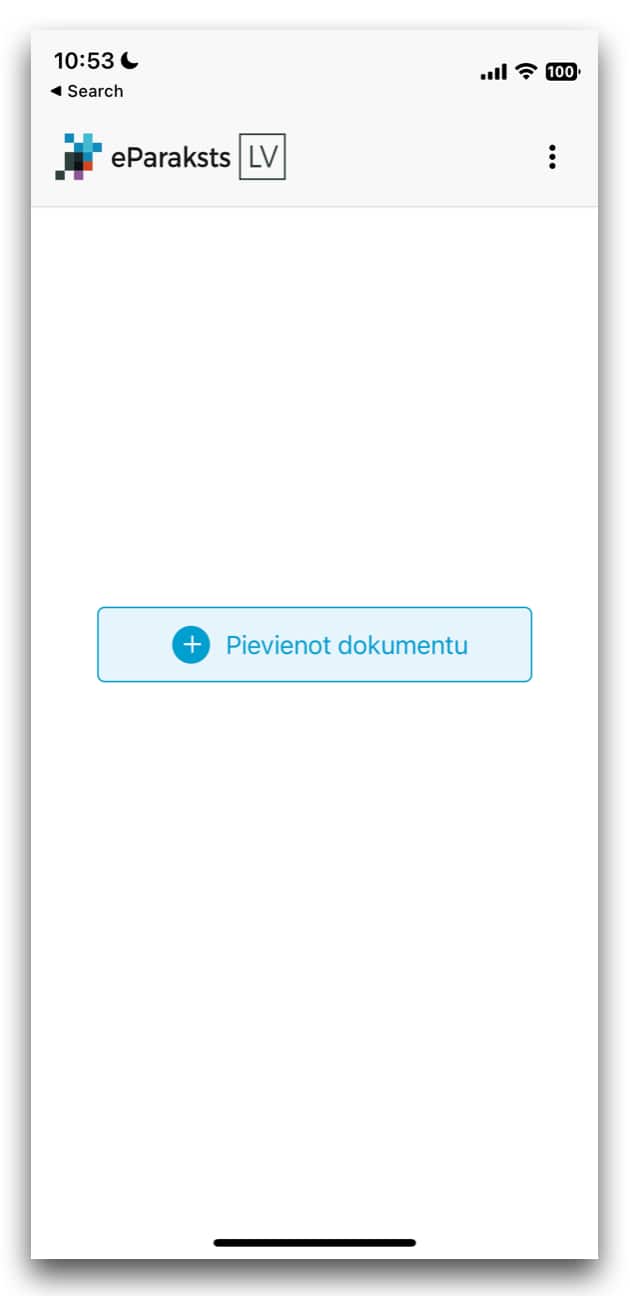When Latvian composer Emilis Melngailis died in 1954, he left behind a sizable contribution to Latvian music – choir arrangements, chamber music, and solo songs. Much of what Melngailis wrote and arranged was influenced by Latvian folk songs, particularly musical and harmony elements.
Though Melngailis’ choir works and arrangements might be better known, his solo songs, though much fewer in number than his choir works, are also treasures of Latvian music. Recognizing this, two distinguished Latvian talents – mezzo-soprano Ieva Parša and pianist Andrejs Osokins have recorded an album of Melngailis’ solo songs. Entitled i bērzs, i smilgas…, the album was released in 2022. In addition to works by Melngailis, the album also includes solo songs by modern Latvian composer Kristaps Pētersons.
Melngailis is considered a romantic composer, and this is evidenced by the emotionally deep and musically rich works presented on this collection. The poem by Rūdolfs Blaumanis ‘Nebij’ mēnesnīcas, nebij’ ziedu’ is somewhat unromantic – in that it is a more matter-of-fact expression of love. Lines like ‘Nekritu es tavā priekšā ceļos’ (I did not get down on one knee) and ‘Tad ēdu, dzēru, jo es visu rītu salcis biju’ (Then I ate and took a drink, for I had been hungry all morning) seemingly would not lend themselves to a romantic song, but the music of Melngailis reveals the inner beauty of this otherwise ordinary scene.
Composer Emīls Dārziņš was a contemporary of Melngailis, and though perhaps Dārziņš’ solo songs are more well known, Melngailis’ songs stand on equal footing. Both composers wrote music for the Blaumanis poem ‘Kā zagšus’, and the stealth of the title is accentuated by Parša’s tender and sonorous singing, backed by Osokins’ delicate piano performance.
Melngailis’ appreciation of Latvian folk texts is woven throughout the lively, celebratory ‘Ganiņš’, a song of spring and summer, and Parša gives an emotive and stirring performance. Melngailis’ works also have a childlike innocence and playfulness, such as the dreamy ‘Pasaciņa’ and the animated ‘Pār ceļu zaķītis pārskrēja’
The inclusion of recent works by Kaspars Pētersons is curious artistic choice, as Pētersons’ songs and compositions are dramatically different in style and sound than Melngailis’ works. The transition from the works from one composer to the other can be quite jarring, but perhaps that is the idea – while the listener is reminiscing with the music of Melngailis, reflecting on an earlier, perhaps simpler time, the music of Pētersons returns us to the present day, reminding us of the occasional harshness and hardships of today. This can be observed in the somber, even ominous ‘Music for Piano’, a solo performance by Osokins that allows the pianist to demonstrate his talent for expressive and dramatic piano performance.
Parša also provides a solo performance in Pētersons’ haunting ‘Smilgas’, which combines Parša whistling, singing and whispering, and the only text in the work is the works ‘smilgas’ (blades of grass) and ‘ilgas’ (longings). Paršas performance gives the work an eerie atmosphere, perhaps to suggest the fragility of nature.
In the hands of two accomplished and talented musicians like mezzo-soprano Ieva Parša and pianist Andrejs Osokins, the songs of Emilis Melngailis and Kristaps Pētersons collected on i berzs, i smilgas… become picturesque and resplendent, vividly displaying colors and emotions. Parša’s rich voice and Osokins expressive playing combine to bring out the many facets and layers in these songs, adeptly bridging the century between these two composers.
For further information, please visit the Skani website.

i bērzs, i smilgas…
Ieva Parša – mezzo-soprano, Andrejs Osokins – piano
LMIC/SKANI 136, 2022
Track listing
Emilis Melngailis
1. Nebij mēnesnīcas, nebij ziedu
2. Kā zagšus
3. Ganiņš
4. Jaunā gaisma
5. Pirmais marts
Kristaps Pētersons
6. Mūzika klavierēm
Emilis Melngailis
7. Pasaciņa
8. Pār ceļu zaķītis pārskrēja
9. Uz rīta pusi
10. Zeltītas lapas
Kristaps Pētersons
11. Dziesma ar Eduarda Veidenbauma dzeju
Emilis Melngailis
12. Man mirdzēja zvaigzne
13. Kā diena bez saules
14. Vientulība no cikla klavierēm Mazie meti
Kristaps Pētersons
15. Smilgas
Emilis Melngailis
16. Rauduves balss
17. Bērzs i varavīksna
18. Divas mazas rociņas
19. Alpu kvēles







